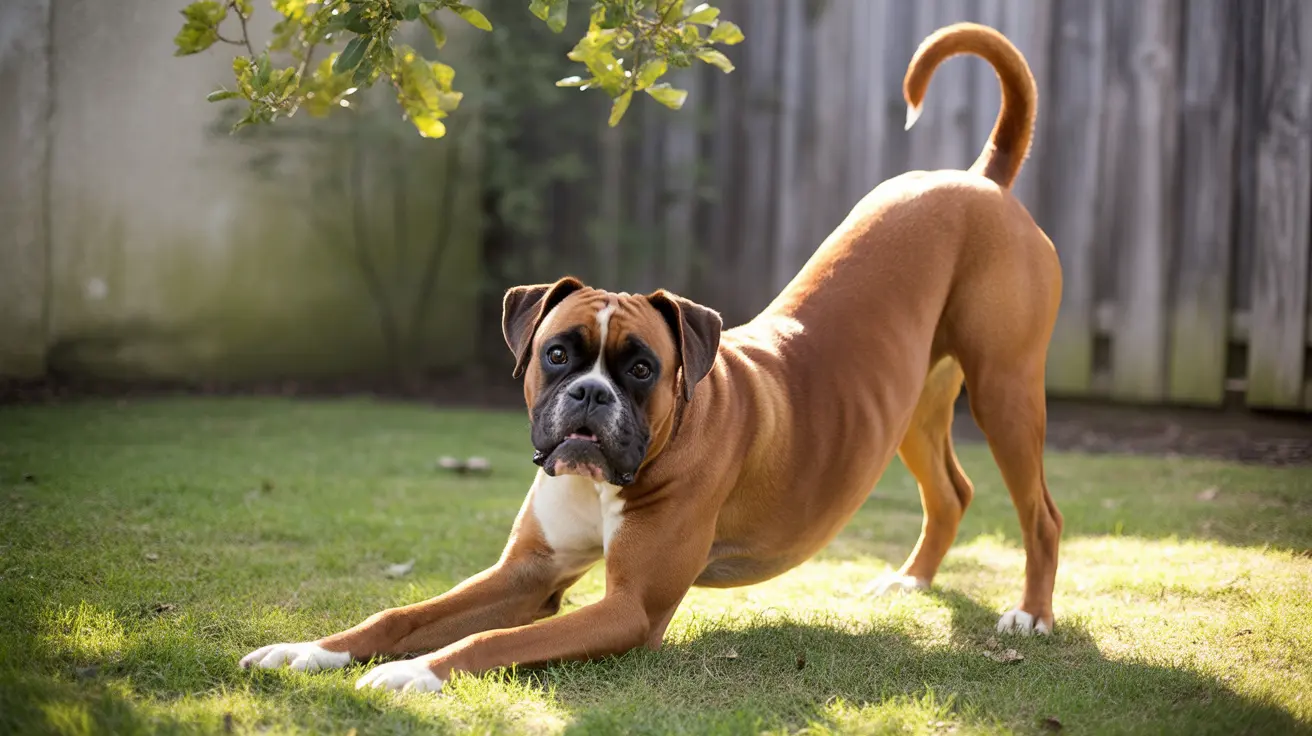Dogs have many endearing behaviors, but few are as common or as personal as licking their human companions. Whether it's a gentle kiss on your hand or an enthusiastic face wash, dog licking is a fascinating behavior deeply rooted in canine instincts and social dynamics.
In this comprehensive guide, we'll explore the various reasons behind why dogs lick you, from evolutionary instincts to modern-day communication, and help you understand when this natural behavior might signal something that needs attention.
The Evolutionary Origins of Dog Licking
Dog licking behavior can be traced back to their earliest days as puppies. Mother dogs instinctively lick their puppies to clean them, stimulate breathing, and encourage elimination. This early experience creates a powerful association between licking and comfort that carries into adulthood.
In the wild, wolf pups lick their mother's mouth to stimulate regurgitation of food, a behavior that domestic dogs still carry in their genetic code. This ancestral behavior has evolved into a complex form of communication and bonding in modern dogs.
Affection and Bonding Through Licking
When your dog licks you, they're often expressing deep feelings of attachment and trust. The act releases endorphins in their brain, creating a positive feeling similar to what humans experience when showing affection to loved ones.
Research shows that licking behavior strengthens the bond between dogs and their human families, much like how physical touch enhances human relationships. This behavior becomes particularly meaningful considering dogs have specifically evolved to form strong emotional connections with humans.
Communication and Social Signals
Dogs use licking as a sophisticated form of non-verbal communication. A dog might lick to show submission, request attention, or express anxiety. Some dogs lick to gather information about their environment or the people around them, using their enhanced sense of taste and smell.
Different patterns of licking can indicate different messages. Quick, nervous licks might signal stress or uncertainty, while slow, deliberate licking often represents affection or contentment.
Medical and Behavioral Concerns
While licking is generally normal, excessive licking might indicate underlying issues. Some dogs develop compulsive licking behaviors due to anxiety, stress, or medical conditions. Watch for signs like:
- Sudden increases in licking behavior
- Obsessive licking of specific areas
- Licking accompanied by other behavioral changes
- Signs of anxiety or distress while licking
Managing Dog Licking Behavior
If your dog's licking becomes problematic, there are several effective management strategies:
- Redirect the behavior to appropriate activities
- Provide mental and physical stimulation
- Maintain consistent training and boundaries
- Consider professional behavioral consultation if needed
Frequently Asked Questions
Why do dogs lick people as a sign of affection and bonding?
Dogs lick people to show affection because it releases feel-good endorphins and mimics the nurturing behavior they experienced as puppies. This natural instinct helps strengthen the bond between dogs and their human family members.
How does licking help dogs communicate and seek attention from their owners?
Dogs use licking as a form of communication to express various needs, emotions, and desires. They quickly learn that licking often results in attention from their owners, whether positive or negative, making it an effective tool for interaction.
What does it mean when my dog licks me excessively—could it be anxiety or a medical issue?
Excessive licking can indicate anxiety, stress, or underlying medical conditions. If your dog suddenly increases their licking behavior or shows other concerning symptoms, consult with a veterinarian to rule out potential health issues.
Why do dogs lick certain parts of my body, like hands or feet, more often than others?
Dogs are attracted to areas with strong scents and taste, such as hands and feet, due to their concentrated sweat glands. These areas provide interesting sensory information through salt and various chemicals present in human perspiration.
How can I manage and reduce unwanted licking behavior in my dog effectively?
To manage excessive licking, ignore the behavior when possible, provide alternative activities, ensure adequate exercise and mental stimulation, and maintain consistent training. For persistent issues, seek guidance from a professional dog trainer or behaviorist.
Conclusion
Dog licking is a complex behavior that serves multiple purposes in canine communication and bonding. While usually harmless and endearing, understanding the underlying reasons for this behavior helps us better respond to our dogs' needs and strengthen our relationships with them.






